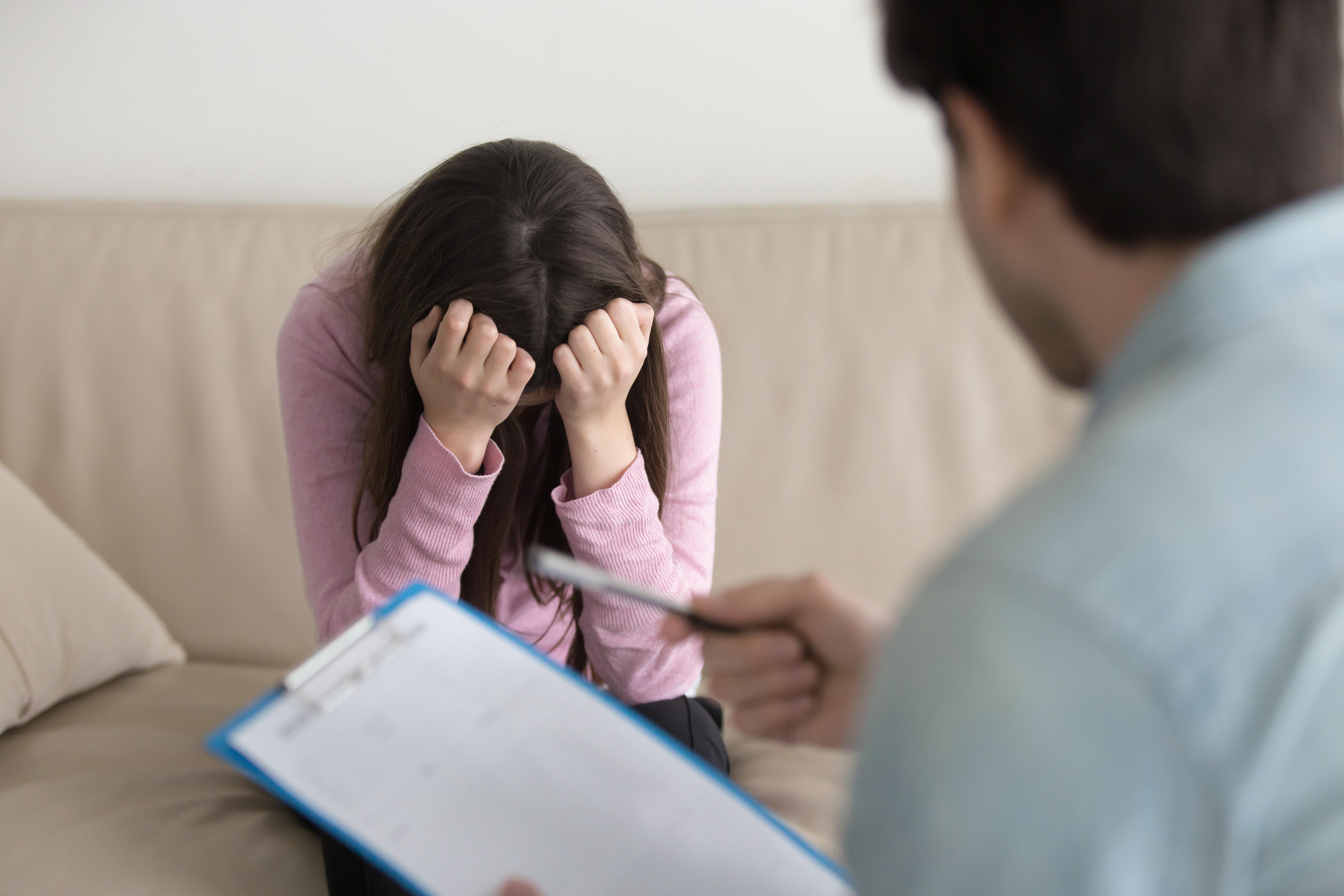Depression is a widespread mental health issue that affects millions of people worldwide. While it can be challenging to deal with, the good news is that depression is treatable. The first step toward effective treatment is understanding and identifying the condition. This article explores how to test for depression levels and why it’s crucial for your overall well-being.
Understanding Depression
What is Depression
Depression is not just a fleeting sense of sadness; it is a persistent mood disorder that can have a severe impact on daily life. It often involves feelings of hopelessness, worthlessness, and a lack of interest or pleasure in most activities.
Causes of Depression
Depression can be triggered by a variety of factors, including genetics, brain chemistry, life events, and medical conditions. It’s a complex condition with no single cause.
Recognizing the Symptoms
To test for depression, it’s essential to recognize its symptoms, which can vary from person to person.

Emotional Symptoms
Common emotional symptoms of depression include overwhelming sadness, irritability, and a sense of emptiness.
Behavioural Symptoms
Depression may lead to changes in behaviour, such as withdrawal from social activities, changes in eating or sleeping habits, and even thoughts of self-harm or suicide.
Physical Symptoms
Physical symptoms like fatigue, headaches, and digestive problems can also manifest in individuals with depression.

The Importance of Testing for Depression
Testing for depression is vital because it allows for early intervention and proper treatment. Untreated depression can lead to more severe symptoms and complications, affecting one’s quality of life.
Self-Assessment for Depression
One way to test for depression is through self-assessment. Many online tools and questionnaires are available that can provide an initial indication of whether you might be experiencing depression. However, these self-assessments should not replace professional diagnosis.
Professional Diagnosis
For a definitive diagnosis, it is crucial to consult a healthcare professional, typically a mental health specialist or a primary care physician. They will use a combination of methods to evaluate your condition.
Common Methods for Testing Depression
Questionnaires and Surveys
Healthcare professionals often use standardized questionnaires and surveys to assess depression. These tools help them understand the severity of symptoms and track changes over time.
Clinical Interviews
During a clinical interview, a trained professional will ask you about your thoughts, feelings, and behavior. This conversation provides insight into your mental state.
Physical Examinations
In some cases, depression may have physical causes, such as thyroid problems. Therefore, a physical examination is conducted to rule out any underlying medical conditions.
Psychological Testing
Psychological tests can help determine the type and severity of depression. These tests are often used in combination with other assessment methods.
Benefits of Early Detection
Early detection of depression can make a significant difference in your treatment and recovery. It allows for timely intervention, reducing the risk of complications and improving the chances of a positive outcome.
Seeking Help for Depression
If you or someone you know is struggling with depression, it’s essential to seek help. Treatment options are available, and you don’t have to face depression alone.
Coping Strategies
Managing depression involves a combination of strategies.
Therapy and Counselling
Therapy, such as cognitive-behavioural therapy, and counselling sessions can be highly effective in treating depression.

Medication
In some cases, medication may be prescribed to help alleviate symptoms. It is often used in conjunction with therapy.
Lifestyle Changes
Adopting a healthier lifestyle, including regular exercise, a balanced diet, and adequate sleep, can have a positive impact on managing depression.
Conclusion
Testing for depression is the first step in the journey toward recovery. By recognizing the symptoms and seeking professional help, you can take control of your mental health and work towards a brighter future.
FAQs
1. What is the difference between sadness and depression?
Sadness is a normal emotion that arises in response to a specific event, while depression is a persistent mood disorder with a range of symptoms.
2. Can depression be treated without medication?
Yes, depression can be treated without medication through therapy, lifestyle changes, and other interventions. Medication is sometimes used in more severe cases.
3. How accurate are online depression tests?
Online tests can provide an initial indication but should not replace professional diagnosis. They are not a substitute for a healthcare provider’s assessment.
4. Is depression a sign of weakness?
No, depression is not a sign of weakness. It is a medical condition that affects individuals from all walks of life.
5. How can I support a loved one with depression?
Supporting a loved one with depression involves being there for them, encouraging them to seek professional help, and providing understanding and patience during their journey to recovery.
Read More:- Calendula Flower: A Flowing Plant Aiding In Restoring Skin Health!
Read More:-Exploring the Multifaceted World of Tea: Unearthing Its Unexpected Effects
